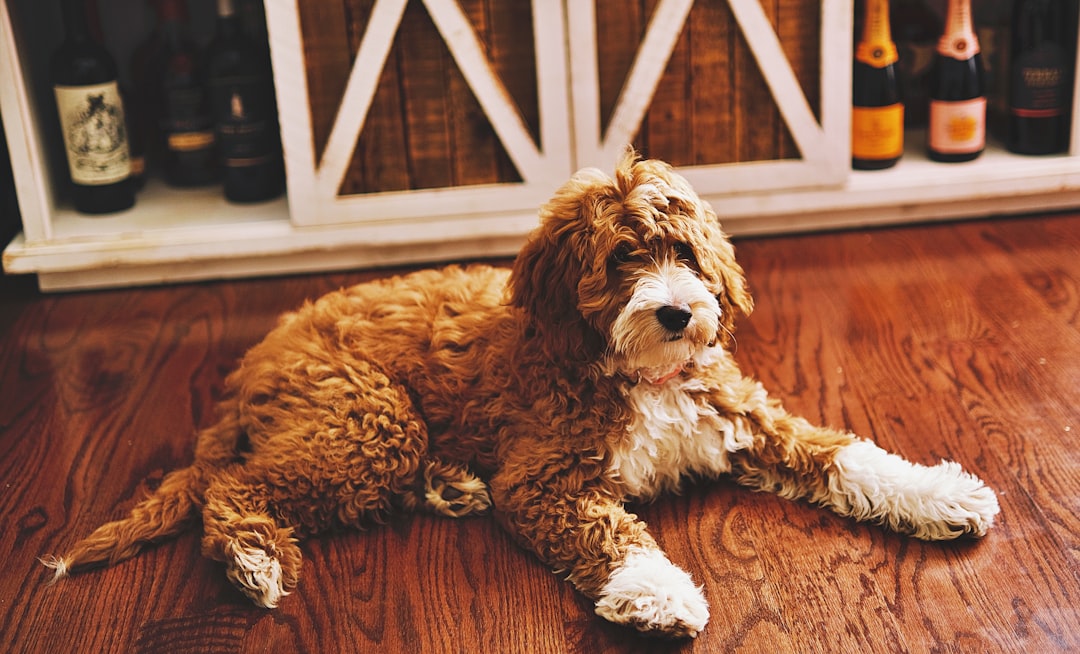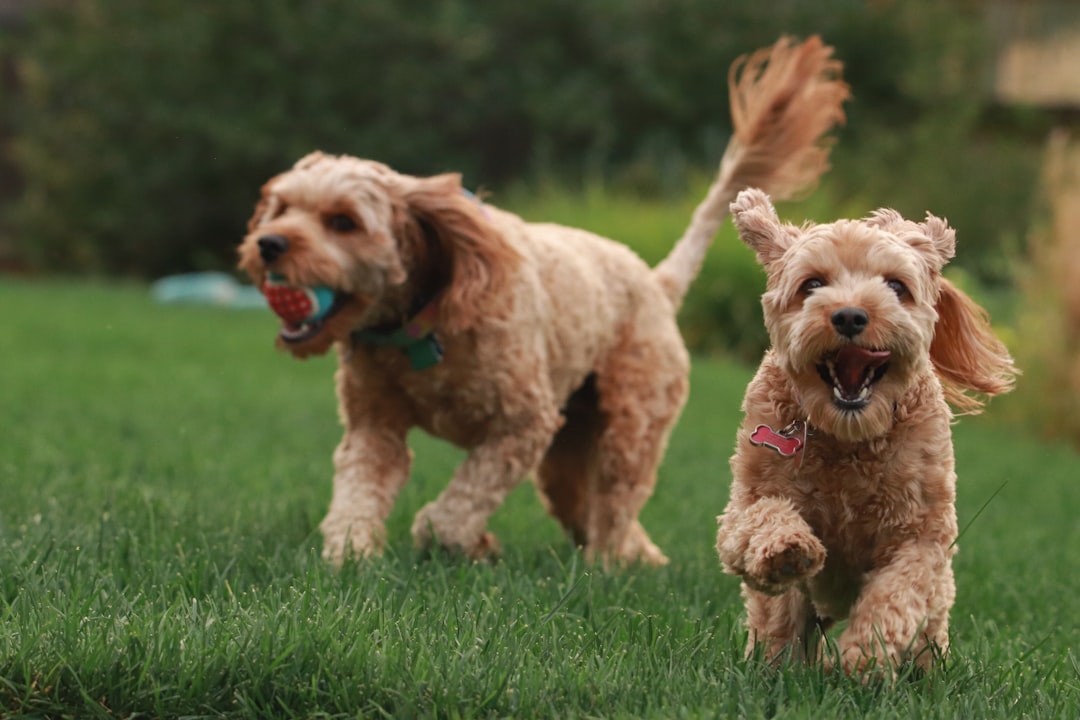Decoding Goldendoodles: Unraveling the Generational Differences
A comprehensive guide to understanding the different generations of Goldendoodles, including their characteristics, health considerations, grooming requirements, and how to choose the right generation based on individual preferences and living arrangements.
Goldendoodle Generations: A Comprehensive Guide
F1 and F1b Generations
F1 Goldendoodles are a first-generation cross between a Golden Retriever and a Poodle, resulting in a balanced mix of traits—50% Golden Retriever and 50% Poodle. On the other hand, the F1b Goldendoodles are typically a backcross between an F1 Goldendoodle and a Poodle, often praised for being the best for individuals with allergies, with a 75% Poodle and 25% Golden Retriever genetic makeup [1, 4]. The characteristics of F1b Goldendoodles make them a popular choice for families with allergy concerns due to their hypoallergenic traits and nonshedding coat.
F2 and F2b Generations
F2 Goldendoodles result from breeding two F1 Goldendoodles together, making them more genetically diverse and harder to predict in terms of physical characteristics. Meanwhile, F2b Goldendoodles are the result of crossing an F1 doodle with an F1b and often have a nonshed coat, along with moderate to high grooming requirements.
Multigenerational Goldendoodles
Multigenerational Goldendoodles, also known as F3, are born from two Goldendoodle parents, resulting in a mosaic of genetic diversity and “human-like” temperaments. Breeders tailor their breeding programs to produce well-balanced multigens with unique colors and coat types, providing a wide variety of options for potential owners [1, 3].
 Health and Allergen Considerations
Health and Allergen Considerations
Different generations of Goldendoodles have different characteristics and potential health issues, and understanding these is crucial for choosing the right puppy. F1b and F2b Goldendoodles are often considered the best for individuals with allergies, offering hypoallergenic traits and a lower chance of shedding [1, 4].
Grooming and Coat Types
Each generation of Goldendoodles has distinct grooming requirements, shedding characteristics, and coat types [1, 4]. F1, F1b, F2, F2b, and F3 Goldendoodles have varying degrees of grooming needs and shedding potential, allowing potential owners to choose a generation that aligns with their lifestyle and preferences.
Choosing the Right Goldendoodle Generation
Tailoring the choice of generation to lifestyle and preferences is essential, and understanding the differences in generations helps match the right pup to an owner’s specific needs. Factors such as grooming, shedding, and hypoallergenic traits should be considered when selecting the best generation based on individual preferences and living arrangements.
Conclusion
Understanding the different generations of Goldendoodles is vital for potential owners to make informed decisions when selecting a puppy, ensuring that the chosen generation aligns with their lifestyle and preferences [1, 3].
 Frequently Asked Questions (FAQs)
Frequently Asked Questions (FAQs)
- What are the different generations of Goldendoodles and their characteristics? The different generations of Goldendoodles include F1, F1b, F2, F2b, and F3, each with unique traits and genetic compositions that influence their characteristics and suitability for potential owners.
- How are F1 Goldendoodles and F1b Goldendoodles different? F1 Goldendoodles are first-generation crosses between a Golden Retriever and a Poodle, while F1b Goldendoodles are typically a backcross between an F1 Goldendoodle and a Poodle, known for their hypoallergenic traits and nonshedding coat.
- What are the traits and coat types of multigenerational Goldendoodles? Multigenerational Goldendoodles, also known as F3, are born from two Goldendoodle parents, resulting in a mosaic of genetic diversity and unique coat types, offering a wide variety of options for potential owners.
- What are the potential health issues associated with different generations of Goldendoodles? Different generations of Goldendoodles have varying potential health issues, making it crucial for potential owners to understand these factors when choosing a puppy.
- How do breeders tailor their breeding programs to produce specific generations of Goldendoodles? Breeders tailor their breeding programs to produce well-balanced multigens with unique colors and coat types, offering a diverse range of Goldendoodle options for potential owners.
- What are the grooming requirements for F1, F1b, F2, F2b, and F3 Goldendoodles? Each generation of Goldendoodles has distinct grooming requirements, shedding characteristics, and coat types, allowing potential owners to choose a generation that aligns with their lifestyle and preferences.
- What is the best generation for hypoallergenic and non-shedding Goldendoodles? F1b and F2b Goldendoodles are often considered the best for individuals with allergies, offering hypoallergenic traits and a lower chance of shedding.
- What are the advantages of F1b and F2b Goldendoodles for individuals with allergies? F1b and F2b Goldendoodles are preferred for individuals with allergies due to their hypoallergenic traits and nonshedding coat.
- How can I choose the right generation of Goldendoodle based on my lifestyle and preferences? Tailoring the choice of generation to lifestyle and preferences is essential, considering factors such as grooming, shedding, and hypoallergenic traits when selecting the best generation based on individual preferences and living arrangements.
- What is the history and purpose behind breeding Goldendoodle generations? Goldendoodles were initially bred in 1969 to provide guide dogs for visually impaired individuals with allergies, and different generations were developed to offer a variety of coat types, shedding characteristics, and hypoallergenic traits to suit individual preferences and needs.

